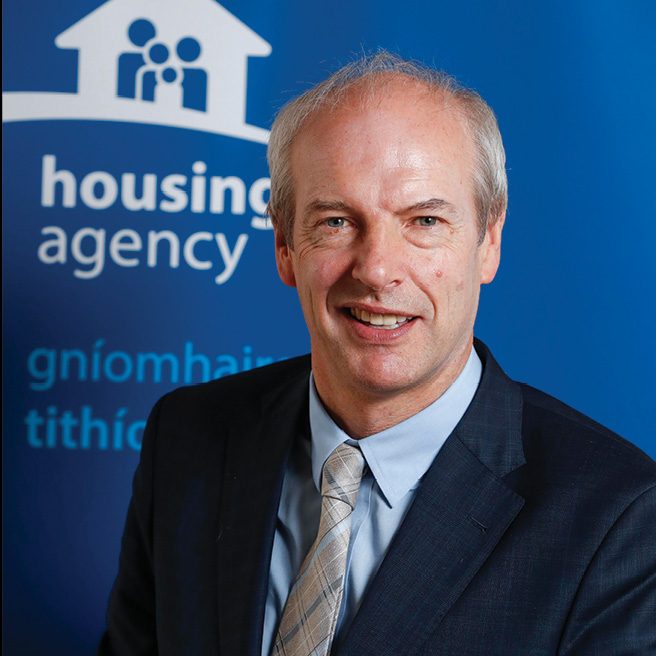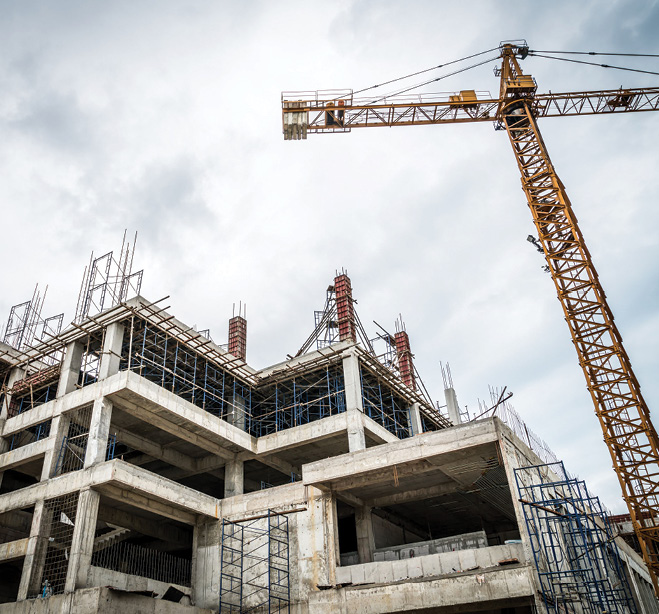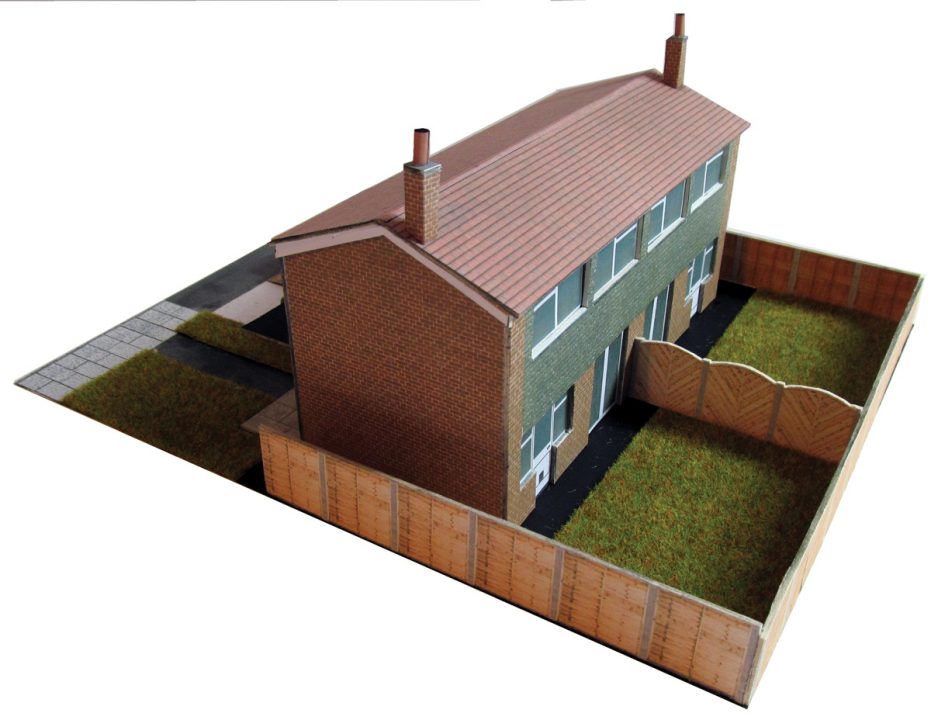
Learning from our challenges?
19th July 2017
Ireland’s exploding housing emergency
19th July 2017As we approach the first anniversary of the launch of the Rebuilding Ireland Action Plan for Housing and Homelessness in July, it’s naturally a time of reflection and review. Department of Housing Secretary General, John McCarthy, writes.
The Rebuilding Ireland launch anniversary also coincides with the appointment of Minister Eoghan Murphy as the new Minister for Housing, Planning and Local Government. In his Dáil address when appointing the new Government, the Taoiseach, while recognising the progress already made under Rebuilding Ireland, signalled the Government’s intention to carry out a review at this important juncture. Minister Murphy has now initiated that review process with a focus on how we can build on the significant achievements to date and identify new initiatives that add value and raise ambition even further.
In terms of reviewing progress to date, we already have a comprehensive implementation, reporting and communication framework in place to assess how the actions under Rebuilding Ireland are working. At this point, three detailed quarterly progress reports have been published on the rebuildingireland.ie website.
Looking back at overall progress in the first year, it is necessary to consider each of the Action Plan’s five pillars.
- Under Pillar One, which is focused on addressing homelessness, substantial work has been done to improve the situation facing homeless individuals and families, with a range of enhanced services now available. While the numbers presenting as homeless remain challenging, over 3,000 exits from homelessness were achieved in 2016, a record in a single year, and very significant progress continues to be made towards this summer’s target of ending the use of commercial hotels for emergency accommodation for families, other than in exceptional circumstances.
- Pillar Two has the key objectives of accelerating the delivery of 47,000 additional social housing units and extending the availability of the Housing Assistance Payment Scheme nationally to a projected 80,000 households by 2021. In 2016, over 19,000 social housing solutions were delivered and we are on target to deliver a further 21,000 households this year.
- We have committed under Pillar Three to build more houses, doubling overall housing output to 25,000 per annum by 2021, with a particular focus on providing housing at more affordable prices. All of the indicators are showing strong positive trends, with the Department’s latest Monthly Housing Activity Report for April 2017 showing that:
- planning permissions for 16,375 new homes were granted in the year to end December 2016, an increase of 26 per cent year on year;
- commencement Notices for 14,192 new homes nationally were submitted in the year to end March 2017, a 38 per cent increase year on year;
- ESB connections (a long-run proxy for house completions) reached 15,327 homes nationally to end February 2017, a 16 per cent increase year on year; and
- 1,600 new housing units were added to the social housing construction programme in the first quarter of 2017 alone, which now includes over 600 developments encompassing 10,000 homes in total, with 130 of these, yielding 2,378 houses, currently on site.
“One year into implementation of what is a six-year Action Plan, a very significant amount of progress has been made in delivering the comprehensive set of actions set out in Rebuilding Ireland.”

- Pillar Four seeks to improve and expand the rental sector. With the publication of a comprehensive Strategy for the Rental Sector in December 2016, a key initiative was the introduction of Rent Pressure Zones, where annual rent increases are capped at 4 per cent to provide certainty and security to both tenants and landlords. At this point, 57 per cent of tenancies nationally (or over 186,000 rental households) now benefit from this rent predictability. The findings of the Q1 2017 Residential Tenancies Board Rent Index suggest that the rate of increase in private rents is moderating, with rents nationally virtually flat in the first three months of the year. While this is very welcome, we will be keeping the market under ongoing close scrutiny.
- Finally, under Pillar Five, which seeks to maximise the use of all current housing stock, particularly vacant housing, be that social or private, we are finalising a detailed Vacant Housing Re-use Strategy, to coordinate a suite of initiatives and actions, many of which are already bringing thousands of private and social vacant homes back into much needed productive use.
One year into implementation of what is a six-year Action Plan, a very significant amount of progress has been made in delivering the comprehensive set of actions set out in Rebuilding Ireland. There is of course a considerable journey ahead and the Department, working with local authorities, Approved Housing Bodies, the Housing Agency and a range of other public and private actors, will remain resolutely focused on the implementation agenda, taking account also of the outcome of the review now getting underway.
We will continue to publish quarterly progress reports so that there continues to be a clear, up to date reflection of all that is going on in advancing the comprehensive Rebuilding Ireland programme.





